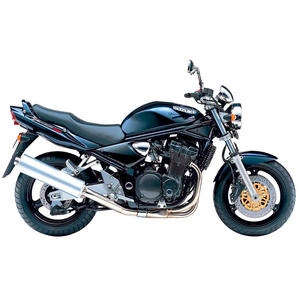Suzuki GSF 1200 Bandit [2001–2006]: The Unapologetic All-Rounder
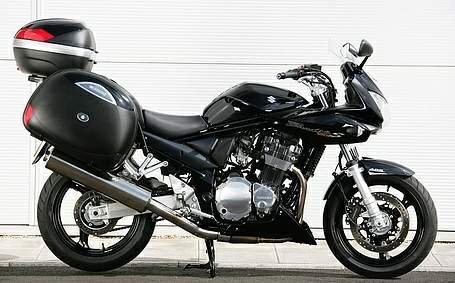
Introduction
The Suzuki GSF 1200 Bandit isn’t just a motorcycle—it’s a statement. From the moment you swing a leg over its low-slung seat, you’re greeted by an aura of raw, unrefined capability. This is a bike that refuses to be pigeonholed. Is it a sporty naked? A touring workhorse? A stunt machine? The answer, as I discovered during a spirited test ride through winding backroads and urban sprawl, is a resounding “yes” to all three.
Produced from 2001 to 2006, this generation of the Bandit 1200 solidified Suzuki’s reputation for building motorcycles that prioritize function over frills. Let’s dissect why this air/oil-cooled brute remains a cult favorite—and why it still deserves a spot in your garage today.
Design & Ergonomics: Retro Meets Robust
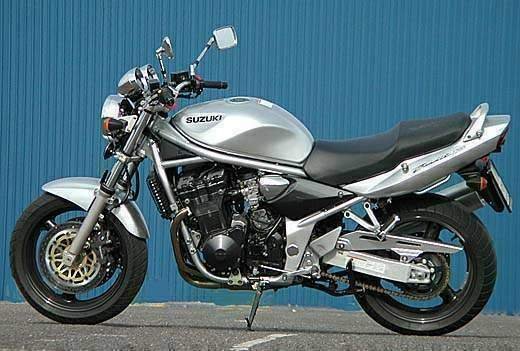
The Bandit 1200’s design philosophy is straightforward: no-nonsense practicality with a dash of muscle. The naked (N) and half-faired (S) variants share a common DNA—a steel-tube cradle frame, minimalist bodywork, and a stance that screams “ready for anything.” The S model’s fairing, developed in a wind tunnel, offers just enough protection to make highway blasts tolerable, while the N version leans into its streetfighter persona with exposed mechanicals and a towering handlebar.
Key Design Notes:
- Seat Height: At 785–805 mm (30.9–31.7 in), it’s accessible for riders of most heights. My 5’10” frame found the neutral peg-to-seat relationship ideal for all-day rides.
- Weight Distribution: The 215 kg (474 lbs) dry weight feels centralized, avoiding the top-heavy pitfalls of some competitors.
- Aesthetic Touches: Chrome accents, a brushed aluminum exhaust, and (on later models) ABS-equipped brakes add subtle sophistication.
The analog dashboard—a speedo, tach, and fuel gauge—is refreshingly simple. No LCDs, no ride modes. Just the essentials.
Engine Performance: Torque Is King
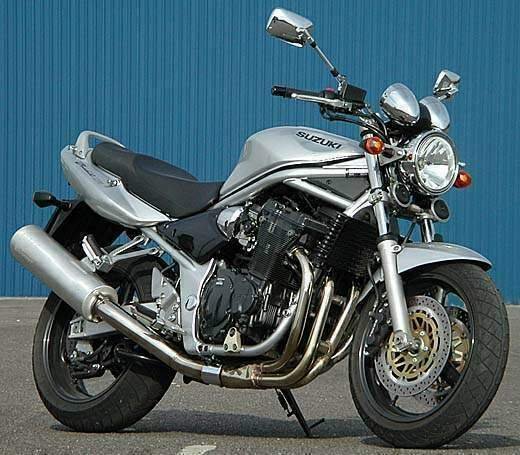
At the heart of the Bandit lies its party piece: a 1,157 cc inline-four derived from the GSX-R1100. But forget peaky, high-strung powerbands. Suzuki retuned this engine for mid-range dominance, and the result is glorious.
By the Numbers:
- 98 hp @ 8,500 rpm (71.5 kW)
- 91.7 Nm @ 6,500 rpm (67.6 lb-ft)
- Top Speed: 235 km/h (146 mph)
Twist the throttle in any gear, and the Bandit lunges forward with a carbureted growl. The Mikuni BSR36 carbs aren’t as precise as modern fuel injection, but they deliver a satisfyingly raw throttle response. First-gear wheelies? Effortless. Overtaking on highways? A flex of the wrist.
Notable Quirks:
- Vibrations: Above 5,000 rpm, the bars and pegs buzz noticeably—a small price for the character.
- Exhaust Note: The stock 4-into-1 system is muted. Swapping it for an aftermarket can unlocks a deeper bark and up to 15 extra hp, per stunt riders.
Handling: Predictable, Not Precise
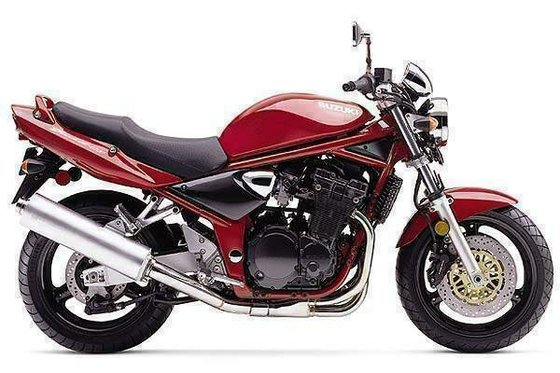
The Bandit’s chassis won’t rival a supersport, but it’s shockingly competent for a 474 lb (215 kg) machine. The 43 mm telescopic forks (preload-adjustable) and link-type rear monoshock (rebound/preload adjustments) strike a balance between comfort and control.
On the Road:
- Cornering: Lean angles are limited by pegs scraping early, but the wide bars make flicking through traffic intuitive.
- Braking: Dual 310 mm discs with 6-piston Tokico calipers (ABS on later models) provide strong stopping power. Initial bite is soft—perfect for wet roads.
- High-Speed Stability: The 1,480 mm (58 in) wheelbase keeps things planted, even at triple-digit speeds.
This isn’t a bike that demands knee-down heroics. It’s happiest carving B-roads at 7/10ths pace, where its torquey engine and relaxed geometry shine.
Comfort & Practicality
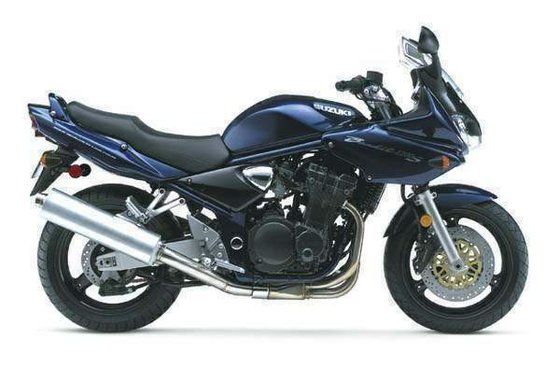
Suzuki marketed the Bandit as a “sports tourer,” and it mostly delivers. The 20L (5.3 gal) fuel tank grants a 320–350 km (200–220 mi) range, and the upright riding position minimizes fatigue.
But…
- Seat Firmness: The thinly padded seat becomes a liability after 2 hours. An aftermarket gel seat is a wise investment.
- Wind Protection (S Model): The fairing deflects chest-level turbulence, but taller riders might still crave a taller screen.
- Storage: The under-seat compartment fits a U-lock—handy for urban errands.
Competition: How Does It Stack Up?
The early 2000s naked/sport-touring segment was fiercely competitive. Here’s how the Bandit fared:
| Model | Pros | Cons |
|----------------------|-----------------------------------|-----------------------------------|
| Yamaha FZ1 | Smoother fuel injection | Less torque, higher cost |
| Honda CB1300 | Build quality, refinement | Heavier, less agile |
| Kawasaki ZRX1200 | Retro styling, inline-four howl | Outdated suspension |
Bandit’s Edge:
- Reliability: The GSX-R-derived engine is bulletproof. Stunt schools abuse these bikes daily.
- Customization: A massive aftermarket supports everything from café racer builds to touring rigs.
- Value: Even today, used Bandits offer unmatched bang-for-buck.
Maintenance: Keeping the Legend Alive
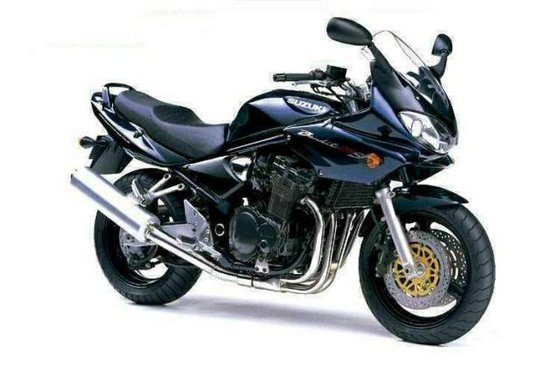
Owning a Bandit is refreshingly low-drama, but a few areas demand attention:
1. Valve Adjustments
- Interval: Every 24,000 km (15,000 mi)
- Specs: Intake 0.10–0.15 mm (0.004–0.006 in), Exhaust 0.18–0.23 mm (0.007–0.009 in)
2. Carb Maintenance
- Clean jets annually if stored with ethanol fuel.
- Upgrade to a Stage 1 jet kit for smoother throttle response.
3. Chain & Sprockets
- Stock gearing: 15T front / 45T rear. Swap to a 16T front for highway comfort.
- Use a high-quality 530VX chain (110 links).
4. Suspension Upgrades
- The stock rear shock sags over time. A Nitron R1 unit transforms handling.
MOTOPARTS.store Recommendations:
- Exhaust: Delkevic 14" Slip-On (adds growl without dB headaches)
- Seat: Corbin Gunfighter (ergonomic support for long hauls)
- Brakes: EBC HH Sintered Pads (sharper initial bite)
Conclusion: The Bandit’s Enduring Appeal
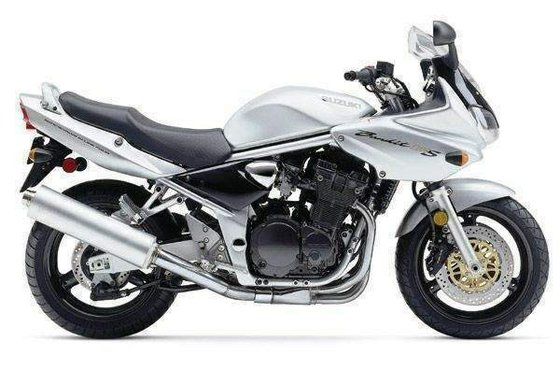
The 2001–2006 Suzuki Bandit 1200 isn’t the fastest, lightest, or most technologically advanced motorcycle. But that’s precisely its charm. This is a bike that invites you to ride—not to fuss over touchscreens or traction control. It’s a reminder of motorcycling’s purest joys: the thrill of torque, the simplicity of a well-sorted chassis, and the freedom to go anywhere without breaking the bank.
Whether you’re commuting, touring, or practicing stoppies in an empty parking lot, the Bandit delivers with a grin. And with MOTOPARTS.store’s catalog of upgrades, you can tailor it to your whims—no warranties voided, no regrets.
Strap on a helmet, twist the throttle, and let the Bandit remind you why riding matters.
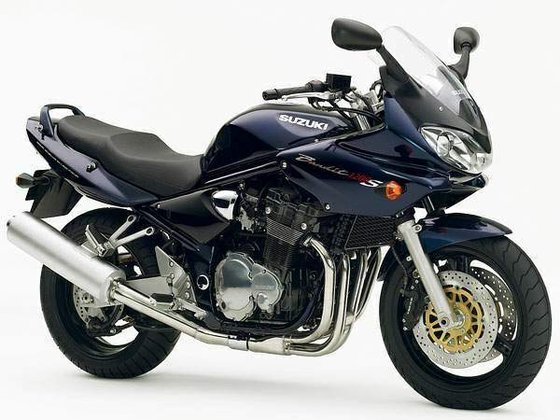




Specifications sheet
| Engine | |
|---|---|
| Stroke: | Four-stroke |
| Ignition: | Digital transistorized |
| Max power: | 72 kW | 97.0 hp |
| Max torque: | 92 Nm |
| Fuel system: | 4 x Mikuni BSR36 carburetors |
| Max power @: | 8500 rpm |
| Displacement: | 1157 ccm |
| Max torque @: | 6500 rpm |
| Configuration: | Inline |
| Cooling system: | Air/oil cooled |
| Compression ratio: | 9.5:1 |
| Number of cylinders: | 4 |
| Dimensions | |
|---|---|
| Wheelbase: | 1480 mm (58.3 in) |
| Dry weight: | 220 |
| Seat height: | 785–805 mm (30.9–31.7 in) |
| Overall width: | 790 mm (31.0 in) |
| Overall height: | 1235 mm (48.6 in) |
| Overall length: | 2130 mm (84.0 in) |
| Ground clearance: | 130 mm (5.1 in) |
| Fuel tank capacity: | 20.0 L (5.3 US gal) |
| Drivetrain | |
|---|---|
| Final drive: | chain |
| Chain length: | 110 |
| Transmission: | 5-speed, hydraulic wet clutch |
| Rear sprocket: | 45 |
| Front sprocket: | 15 |
| Maintenance | |
|---|---|
| Rear tire: | 180/55 z-17 |
| Engine oil: | 10W40 |
| Front tire: | 120/70 z-17 |
| Brake fluid: | DOT 4 |
| Spark plugs: | NGK JR9B or NGK DR9EIX |
| Spark plug gap: | 0.6–0.7 mm |
| Forks oil capacity: | 1.0 |
| Engine oil capacity: | 3.5 |
| Engine oil change interval: | Every 5000 km or 2 years |
| Valve clearance (intake, cold): | 0.10–0.15 mm |
| Valve clearance check interval: | 24,000 km / 15,000 mi |
| Valve clearance (exhaust, cold): | 0.18–0.23 mm |
| Recommended tire pressure (rear): | 2.5 bar (36 psi) |
| Recommended tire pressure (front): | 2.5 bar (36 psi) |
| Additional Features | |
|---|---|
| Exhaust system: | 4-into-1 stainless steel with aluminum muffler |
| Instrumentation: | Analog tachometer, LCD speedometer, fuel gauge, clock |
| ABS availability: | Optional on select models (2001–2006) |
| Chassis and Suspension | |
|---|---|
| Frame: | Steel-tube cradle |
| Rear brakes: | Single 240 mm disc, 2-piston caliper (ABS on some models) |
| Front brakes: | 2 x 310 mm discs, 6-piston calipers (ABS on some models) |
| Rear suspension: | Link-type monoshock, 7-way adjustable preload, 4-way adjustable rebound damping |
| Front suspension: | 43 mm telescopic fork, preload adjustable |
| Rear wheel travel: | 125 mm (4.9 in) |
| Front wheel travel: | 130 mm (5.1 in) |



